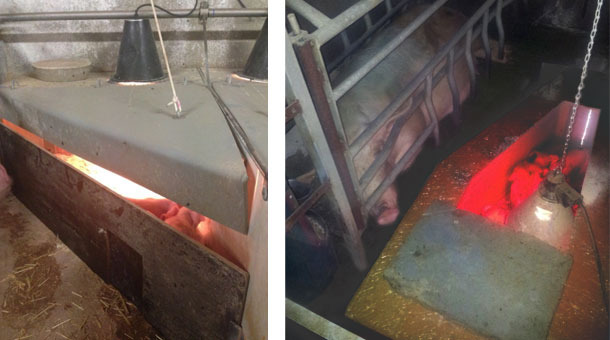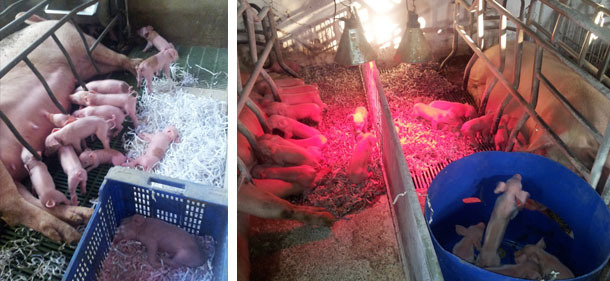We all know about the importance of colostrum intake, and even more with the boom of hyperprolific sows on our farms. An increasing percentage of sows farrow more piglets than the number of functional teats they have, and due to this, this task has a higher importance.
The production of colostrum by the hyperprolific sows has not increased in the same proportion as the litter size. It is because of this that sequential colostrum feeding is so important, because in this way we will ensure to a great extent colostrum consumption during the first hours of life of the piglet by the greater number possible of the piglets in the litter.

The average consumption of colostrum by a piglet must be of 200 grammes at least in order to ensure a high survival percentage. In the case of the piglets that have not consumed colostrum, the mortality percentage is very high, as we can see in the following table.
Effect of the colostrum consumed during the first 24 hours of life
| Amount of colostrum (g/kg LW) | 0 | 0-100 | 101-200 | >200 |
| Piglets | 12 | 41 | 143 | 215 |
| Weight (g) | 934 ± 371 | 1,302 ± 292 | 1,354 ± 327 | 1,398± 310 |
| Average colostrum intake | 0 | 68 ± 22 | 154 ± 27 | 278 ± 53 |
| Mortality % | 83 | 27 | 9 | 3 |
Source: Lallemand, 2010
There are different systems for separating the biggest piglets in order to allow the colostrum feeding of the smallest piglets. To attain it, in the case of big litters we will separate the piglets with a higher weight at birth for 1-1.5 h, leaving, at the most, the same number of piglets than the number of functional teats (I always try to leave less piglets than functional teats). Once separated, these piglets are marked with a crayon, so when we come back and separate animals we take away different piglets. Each group of separated piglets can be marked with a different colour, so if we always follow the same order with the colours we will know which ones have been separated before and after. For instance, the first isolated piglets can be marked with a red crayon, the second ones with a blue crayon, the next ones with a green crayon, etc., so that if we separate again piglets that we have already isolated we will always take the first ones that we isolated (red colour).
Next we will show different systems that allow us to carry out the sequential colostrum feeding:

| Nest with a small catflap that we will open after having performed the colostrum feeding. | Movable plastic nest with an upper opening that allows the placing of an infrared lamp. As well as the previous system, it has a catflap that we will open after the colostrum feeding. |

| This is a much more home-made system that has the same purpose than he previous ones. If the piglets jump out of the box, we can turn it upside down and that way they will remain enclosed. | Drum cut in half that is used to separate piglets. |
The last systems are home-made. There are many options that allow us to carry out this so important technique in our farms.




